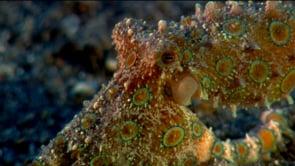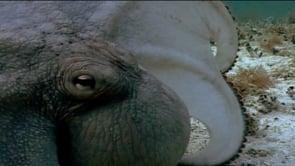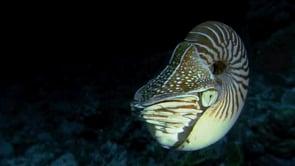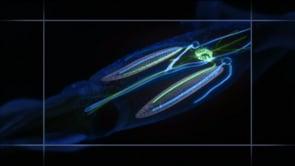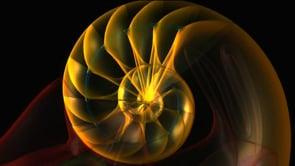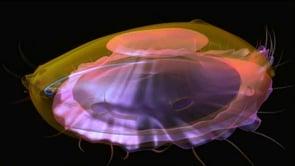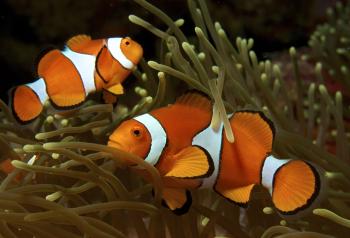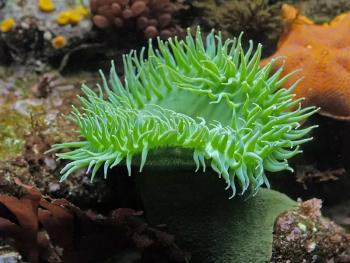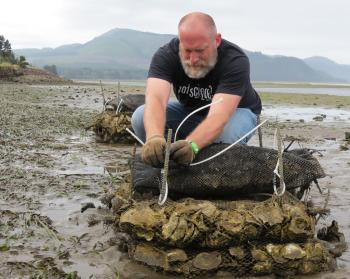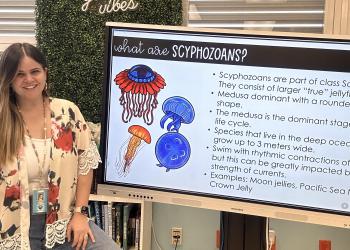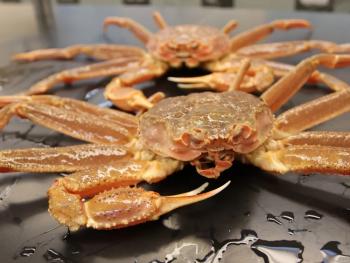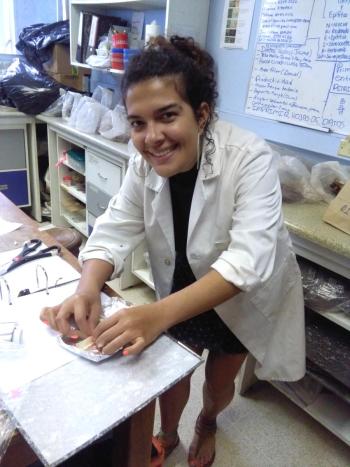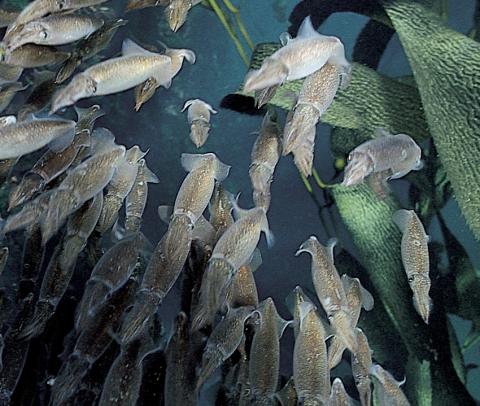
Lab dissection of a squid, a member of Class Cephalopoda (along with the octopus and nautilus). Supported by several Shape of Life segments, students interpret squid adaptations as a radical case of divergent evolution: A line of ancestral snails abandoned the life of sluggish grazing and foraging in favor of a new niche as speedy open water predators. Students will understand that the shelled, but squid-like nautilus, is a “transitional form” en route to the swimming, shell- less cephalopods. Finally, they use the squid to explore another macroevolutionary pattern: convergent evolution. Students learn about the remarkable convergence of cephalopod and vertebrate “camera eyes,” and are then asked to brainstorm convergences among non-molluscs with the squid’s sharp beak, venomous saliva, streamlined shape, supportive inner shell, and grasping tentacles.

